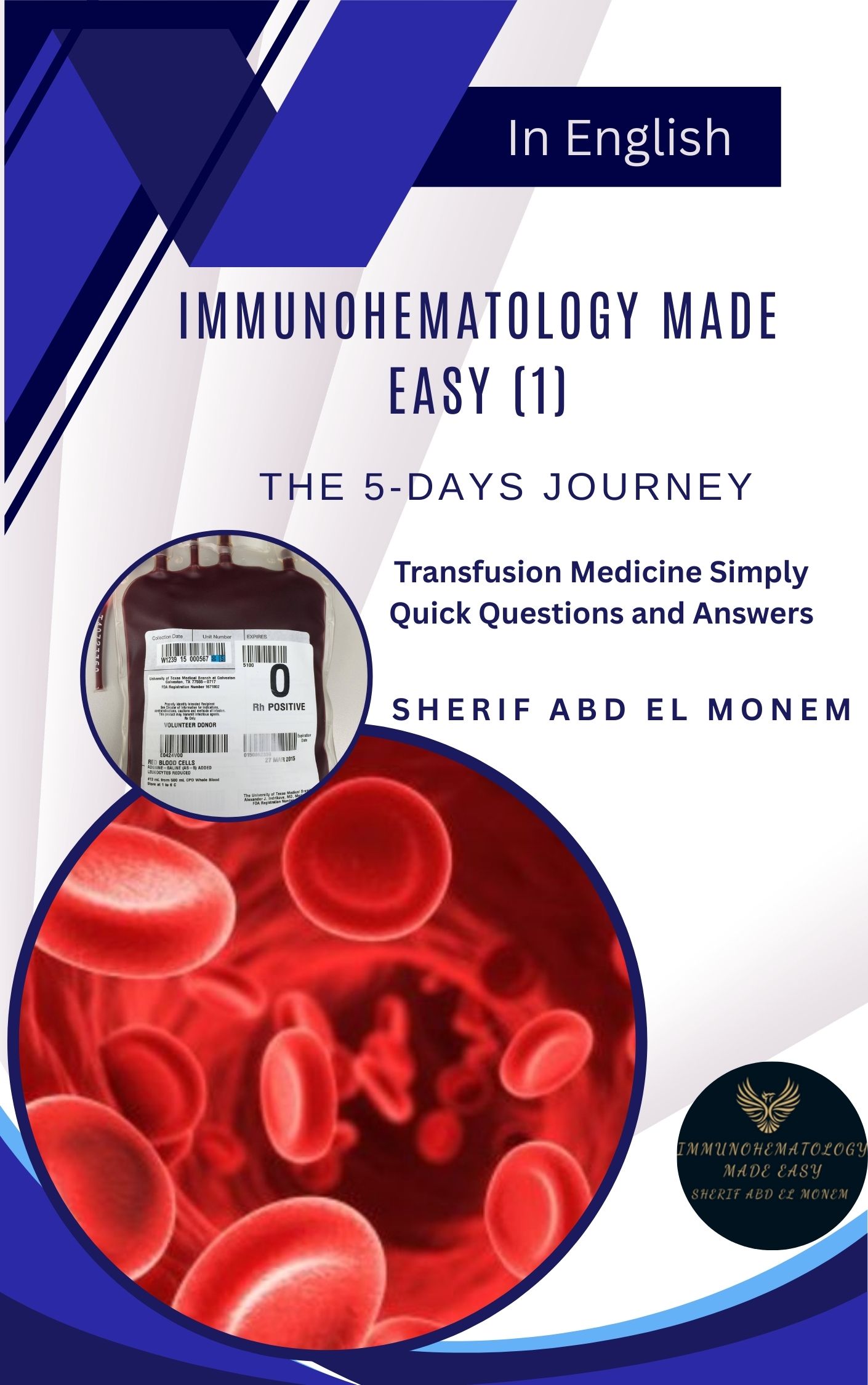Clinical Immunohematology: Basic Concepts and Clinical Applications

Unlocking the World of Immunohematology: A Deep Dive into Dr. Wendell Rosse’s 1990 Text
When it comes to the intricate world of immunohematology, one name stands out – Dr. Wendell Rosse. A distinguished hematologist, Dr. Rosse’s legacy is forever intertwined with Duke University Medical School. In this article, we embark on a journey through his 1990 masterpiece, a comprehensive exploration of immunohematology. Let’s delve into the intricacies of this groundbreaking work, from its foundations to its clinical applications.
Foundations of Immunohematology: Understanding Blood Groups
Dr. Rosse’s text is a veritable treasure trove of knowledge that takes a panoramic view of immunohematology. At its core lies the foundation of our understanding – the blood groups. These groups, categorized by their structural attributes, are at the heart of immunohematology. Dr. Rosse leaves no stone unturned as he explores the diverse components of blood, from polysaccharides to glycoproteins, and delves into the intricate world of HLA, platelet antigens, and neutrophil antigens.
While the information on red cell antigens is substantial, some aficionados of blood groups might find it somewhat limited. Nevertheless, Dr. Rosse’s meticulous approach ensures that even the most complex concepts are presented with utmost clarity.
Clinical Insights: Alloimmune and Autoimmune Conditions
In the second part of Dr. Rosse’s magnum opus, we transition from theory to practice. Here, the text takes on a clinical hue, exploring the realms of alloimmune and autoimmune conditions and diseases. Dr. Rosse’s decision to be the sole author of this book was deliberate, aimed at providing a unified approach across all topics.
This unity shines through as readers are guided through a logically structured and clearly presented narrative. Dr. Rosse’s intention was to encourage readers to embark on a comprehensive journey, traversing the book from start to finish, rather than cherry-picking chapters. In this regard, he has succeeded admirably.
Complement and Paroxysmal Nocturnal Hemoglobinuria: A Spotlight
A significant highlight of Dr. Rosse’s work lies in its in-depth coverage of complement and paroxysmal nocturnal hemoglobinuria (PNH). These topics align seamlessly with Dr. Rosse’s longstanding research interests, and his expertise shines through as he unravels the complexities of these subjects.
It’s worth noting that, despite his aim for a single-author book, Dr. Rosse graciously acknowledges the contributions of Emily Reisner, who authored two chapters – one dedicated to HLA and another to paternity testing. This collaborative effort adds depth to the text and showcases the multidimensional nature of immunohematology.
A Glimpse into Blood Group History
As we conclude our exploration of Dr. Rosse’s seminal work, it’s important to acknowledge the sources that inform this article. The information presented here draws inspiration from a dedicated “Blood Group History” Facebook page, where enthusiasts and scholars converge to celebrate the rich tapestry of blood group science.
In summary, Dr. Wendell Rosse’s 1990 text on immunohematology is a masterpiece that continues to shape our understanding of this intricate field. From its comprehensive coverage of blood groups to its clinical insights and deep dives into complement and PNH, this text remains a cornerstone of knowledge in the realm of immunohematology. Dr. Rosse’s legacy endures, thanks to his dedication and expertise in unraveling the mysteries of the immune system’s interactions with the blood’s various components.

📘 New to Blood Bank?
Start your 5-day journey with Immunohematology Made Easy — a simple, beginner-friendly guide with real-life examples!
👉 Get Your Copy Now
Very good analysis.
Thanks Seshkant .